31 Common Food Names That Are Always Pronounced Wrong
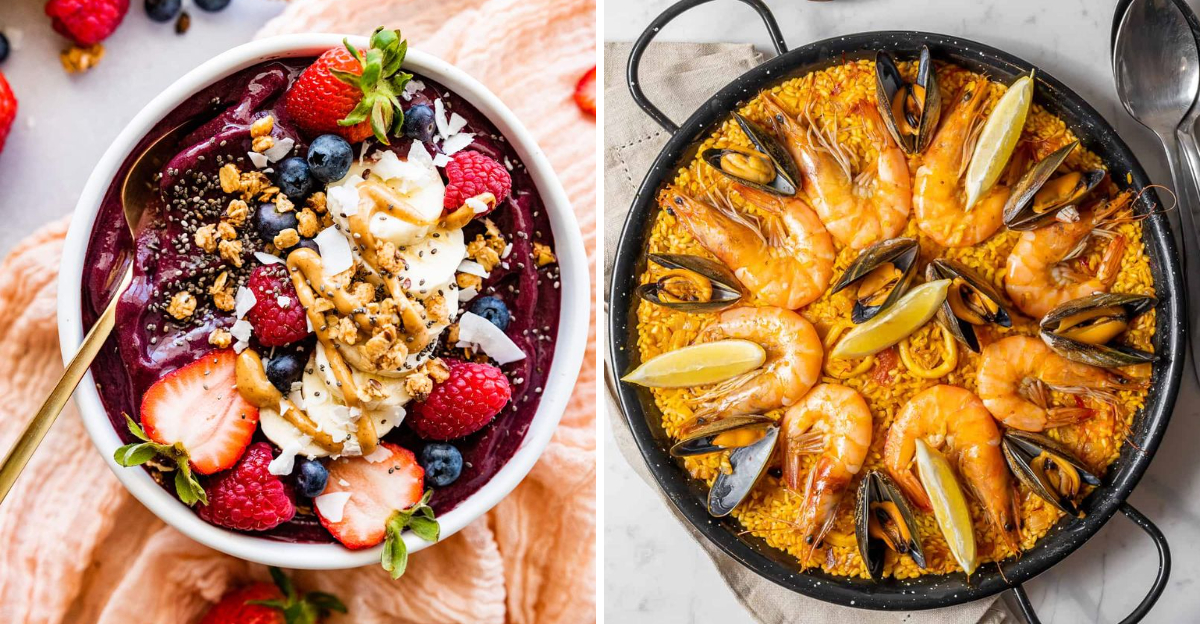
We’ve all been there—standing in line, eyeing that fancy menu, and suddenly second-guessing how to say “gnocchi.” From global dishes to gourmet staples, here are 31 popular foods that are constantly mispronounced—and the right way to say them so you can order with confidence.
1. Gnocchi
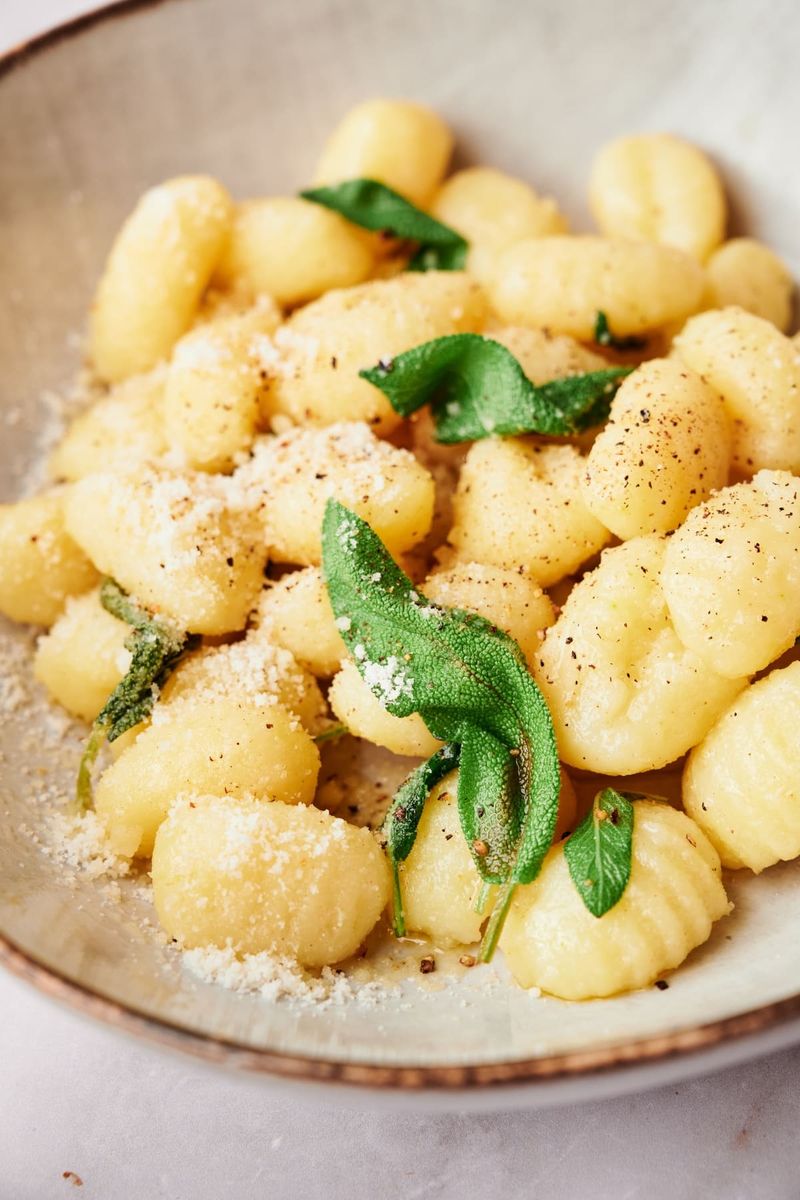
With a name as soft as its texture, gnocchi are Italian dumplings that many stumble upon in pronunciation. Often miscalled “guh-NAW-chee,” the correct way to say it is “NYOH-kee.” These delightful pillows of dough are typically made from potatoes, flour, and eggs, providing a comforting base for various sauces.
Whether served with a rich tomato sauce or a simple sage butter, knowing how to pronounce gnocchi will make your dining experience smoother. The name itself hints at its Italian origin, and saying it right pays homage to its cultural roots and culinary delight.
2. Pho
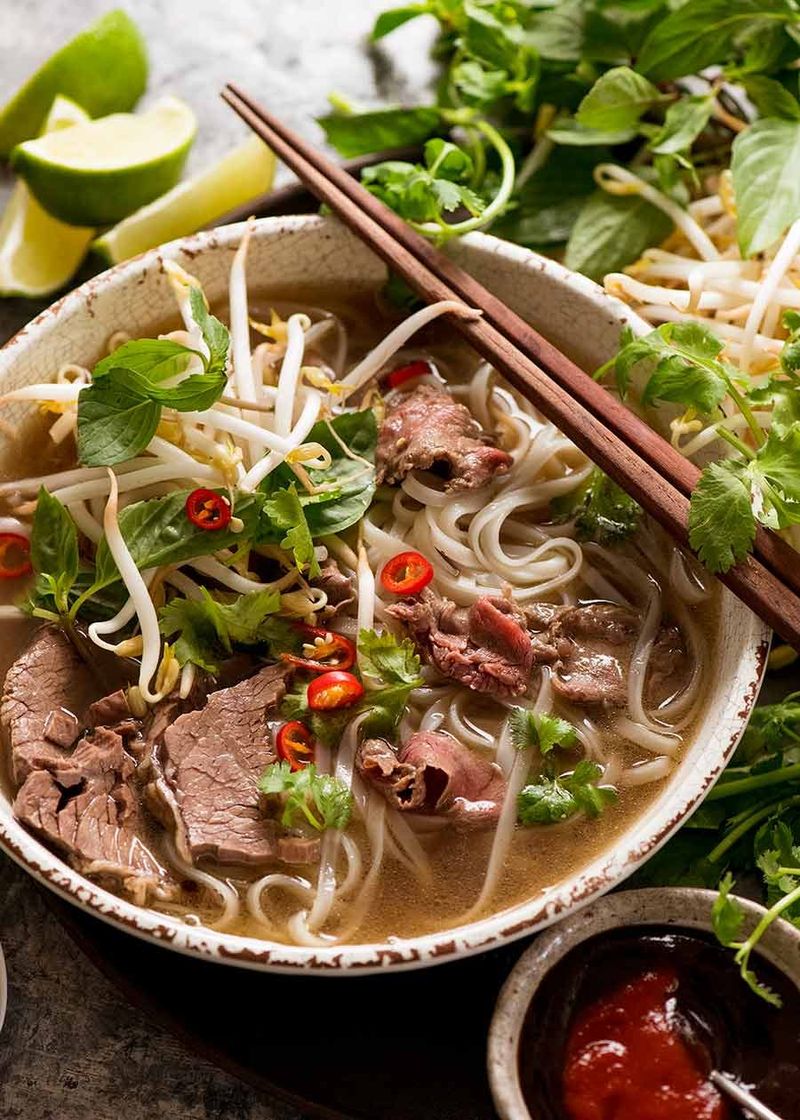
Pho, Vietnam’s beloved noodle soup, often trips up the tongue. Commonly mistaken as “foe,” the correct pronunciation is a quick, gentle “fuh.” This aromatic dish is a staple in Vietnamese cuisine, typically consisting of broth, rice noodles, herbs, and meat, usually beef or chicken.
The simplicity of its name mirrors the dish’s uncomplicated preparation, yet the flavors are anything but simple. Understanding how to say pho correctly ensures you respect the cultural significance of this warm, comforting dish. It’s a name as warm and inviting as the soup itself.
3. Quinoa
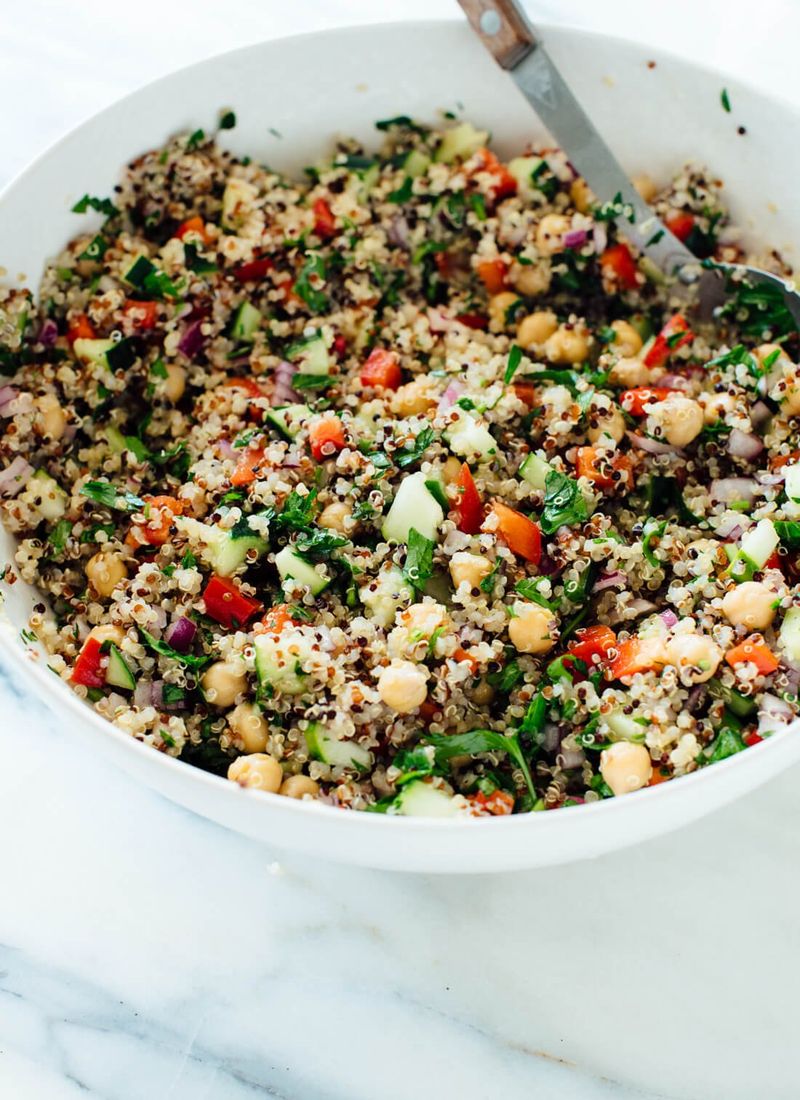
Quinoa, the superfood grain, is often mispronounced as “kwin-OH-ah,” but the correct pronunciation is “KEEN-wah.” Originating from the Andean region of South America, quinoa has become a global sensation due to its high protein content and versatility in dishes.
Its name reflects its ancient roots and rich history, adding a layer of authenticity to its modern culinary applications. Saying quinoa correctly not only showcases your knowledge but also pays respect to its cultural heritage. Enjoy it in salads, bowls, or as a side dish.
4. Acai
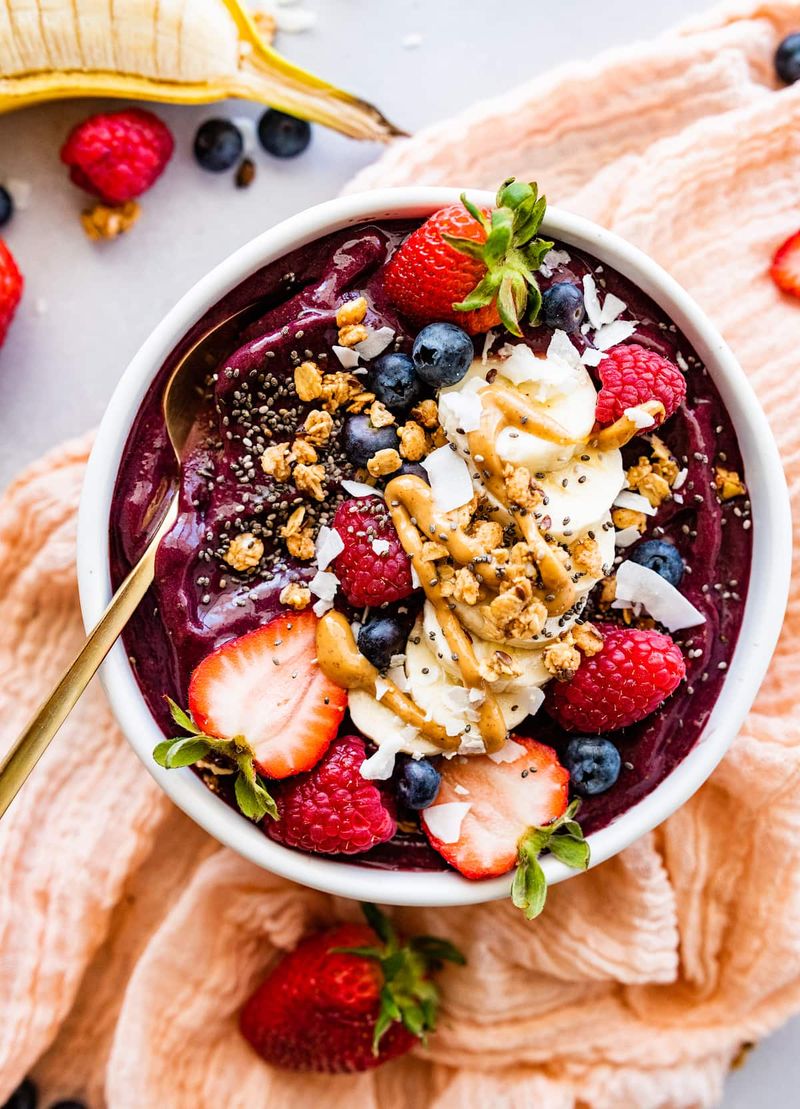
Acai, the trendy superfood, often confuses with its pronunciation. While many say “ah-KAI,” the right way is “ah-sah-EE.” This small, dark purple berry from the Amazon rainforest packs a punch with antioxidants and nutrients.
The name itself evokes its exotic origins and vibrant flavor. Acai bowls have become a breakfast favorite, adorned with fruits, nuts, and granola. Getting its pronunciation right connects you to its Brazilian roots and enhances your appreciation for this nutritious delight.
Experience the luscious taste and pronounce it the way it’s meant to be.
5. Gyro
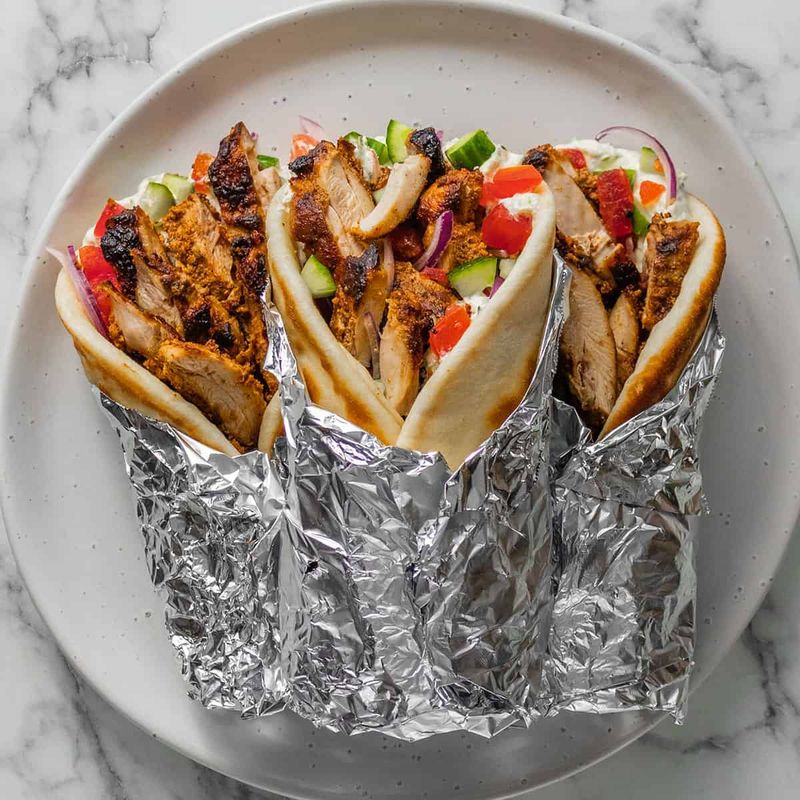
Gyro, the Greek street food, is frequently butchered as “JAI-roh,” but it should be pronounced “YEE-roh.” This savory delight typically features meat cooked on a vertical rotisserie, wrapped in flatbread, and topped with various garnishes like tomatoes and tzatziki.
Saying gyro correctly unlocks a world of Greek culinary tradition and street food culture. The name itself rolls off the tongue, much like the delicious flavors that unfold with each bite. Knowing how to say it right enhances your dining adventure in Greek gastronomy.
6. Worcestershire
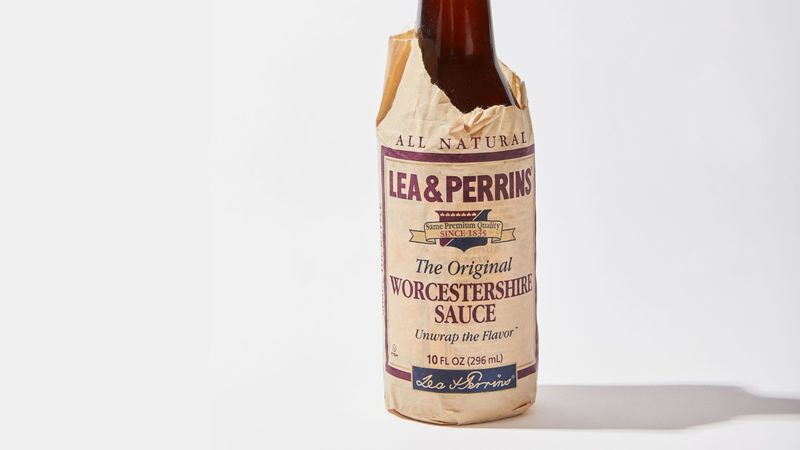
Worcestershire sauce, a staple in kitchens worldwide, often leaves people tongue-tied. The common mispronunciation “wor-chest-er-shy-er” can be corrected to “WUSS-ter-sheer,” or simply “WUSS-ter.” This complex condiment combines vinegar, molasses, anchovies, and spices, creating a unique flavor.
Its name reflects its English origins, named after the county of Worcestershire. Mastering its pronunciation adds a touch of sophistication to your culinary discussions and ensures you navigate recipes with confidence. A dash of this sauce, pronounced correctly, elevates any dish.
7. Bruschetta
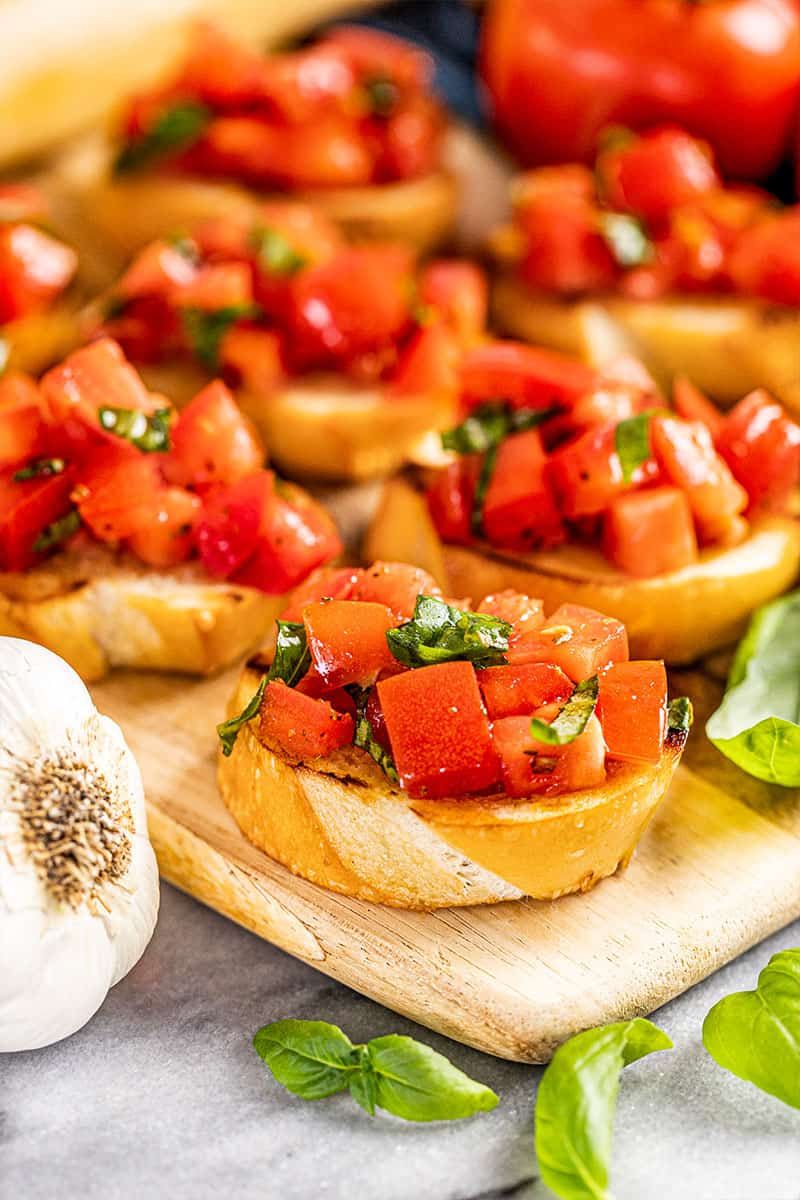
Bruschetta, a popular Italian appetizer, is often mispronounced as “broo-SHET-uh,” but should be said “broo-SKET-tuh.” This delightful starter typically features grilled bread rubbed with garlic and topped with tomatoes, olive oil, and basil.
Understanding its pronunciation enriches your experience of this simple yet flavorful dish. The “ch” in Italian gives a hard “k” sound, reflecting its authentic roots. Savoring this appetizer, pronounced correctly, connects you to its rustic Italian heritage and culinary simplicity.
8. Croissant

Croissant, the quintessential French pastry, often catches English speakers off guard. While many say “kruh-SANT,” it’s properly pronounced “kwah-SAHN.” With its buttery layers and delicate texture, this pastry embodies French baking artistry.
Pronouncing it correctly adds a touch of Parisian flair to your morning routine. The name itself is as refined as the pastry’s flaky crust, inviting you to enjoy it with the elegance it deserves. A perfect start to the day, when enjoyed with a rich café au lait.
9. Tapenade
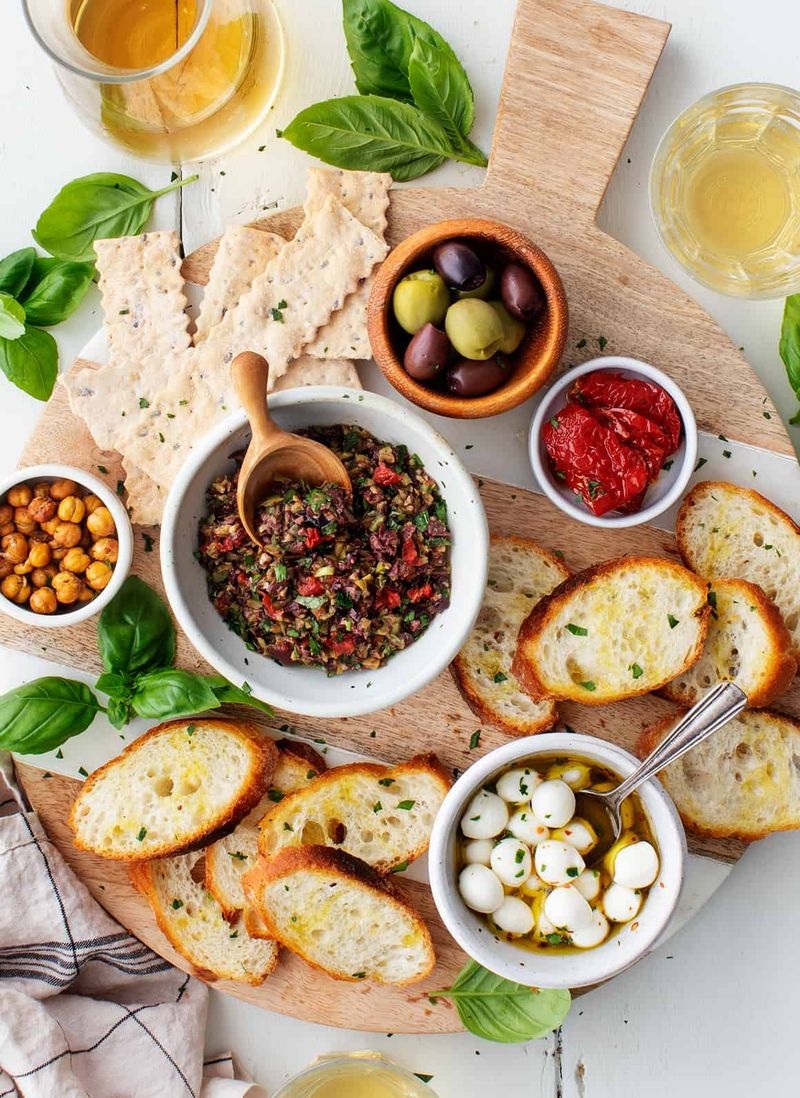
Tapenade, a Mediterranean olive spread, is mistakenly pronounced “TAP-en-ade” when it should be “tah-puh-NAHD.” This savory concoction blends olives, capers, and anchovies, offering a rich taste of Provence.
The name itself suggests a sun-soaked Mediterranean tradition and culinary sophistication. Knowing how to say tapenade right allows you to fully appreciate its vibrant flavors and cultural heritage, whether spread on a baguette or served as an accompaniment to meats and cheeses.
10. Hummus
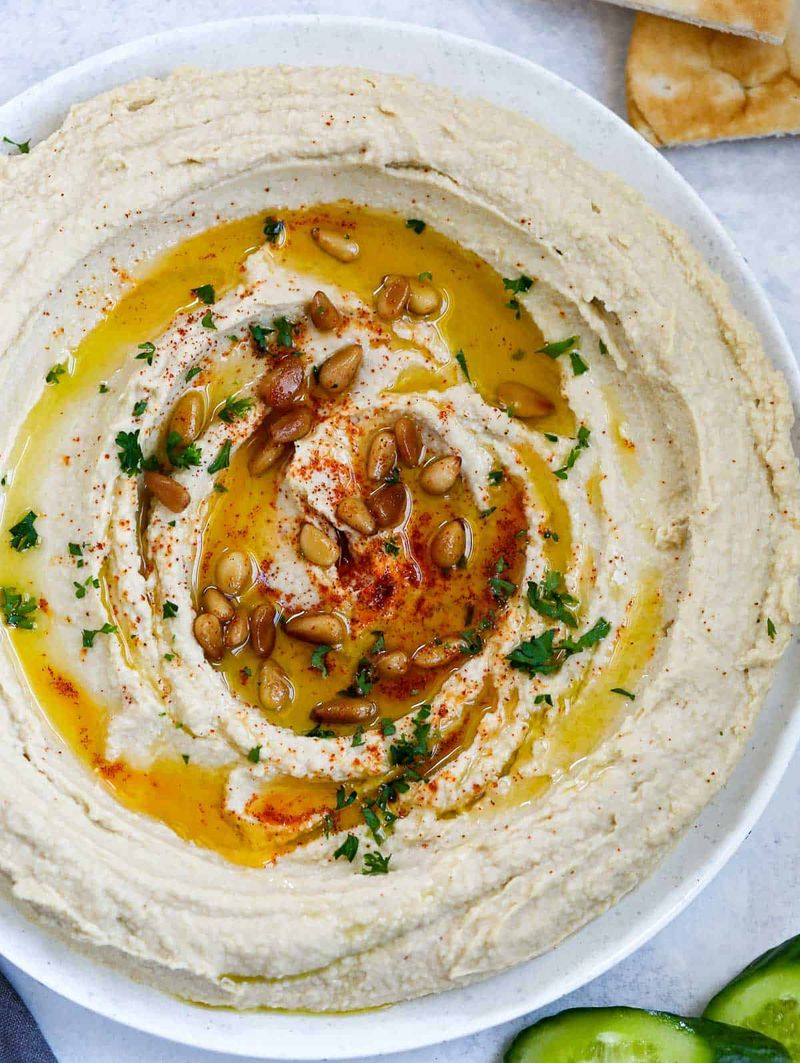
Hummus, a beloved Middle Eastern dip, is often mispronounced as “HOO-moos,” but it’s correctly said “HUH-moos.” Made primarily of chickpeas, tahini, lemon juice, and garlic, its smooth texture and tangy flavor make it a versatile dish.
Pronouncing it right connects you to its rich Middle Eastern roots and cuisine. Whether paired with pita or veggies, knowing how to say hummus enhances your dining experience, allowing you to enjoy this creamy delight to its fullest.
11. Charcuterie
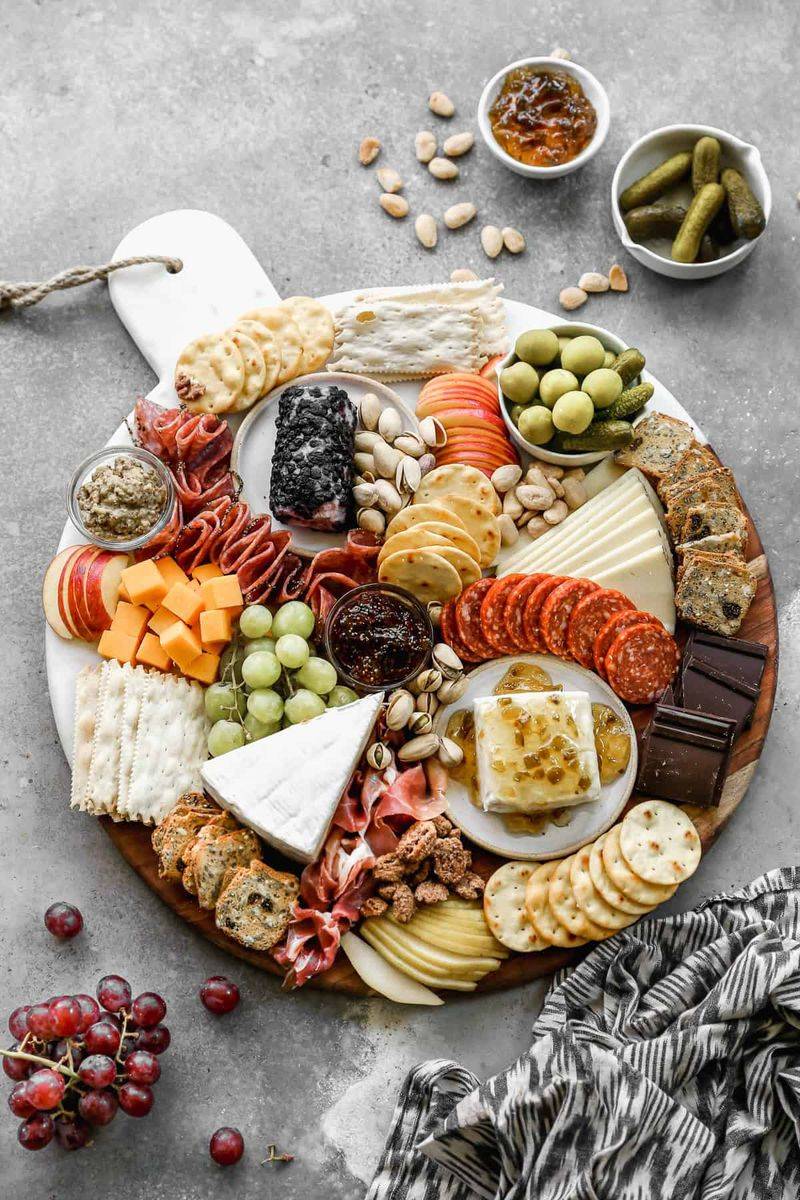
Charcuterie, the artful arrangement of meats and cheeses, is often mispronounced as “char-COO-ter-ee,” but should be “shahr-KOO-ter-ee.” This French culinary tradition combines flavors and textures in a visually appealing presentation.
Understanding its pronunciation adds a layer of sophistication to your dining conversations. Whether hosting a gathering or enjoying a quiet evening, knowing how to say charcuterie correctly enriches your appreciation for this elegant culinary art form.
12. Edamame
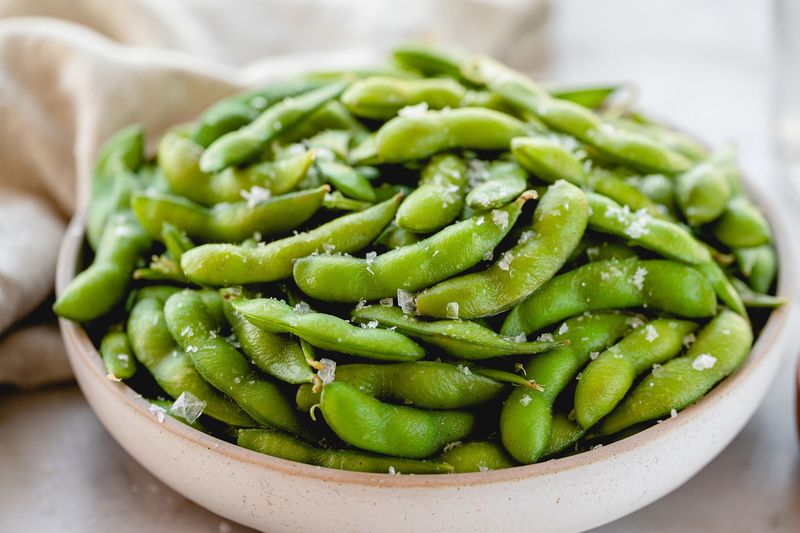
Edamame, a popular sushi bar appetizer, is frequently mispronounced as “ED-a-mamey,” but the correct version is “eh-da-MAH-meh.” These young soybeans, served in their pods, offer a nutritious snack packed with protein.
The name itself hints at its Japanese origin, making it a staple in Asian cuisine. Saying it right enhances your dining experience, connecting you to the simple yet flavorful tradition of enjoying these tender beans.
13. Niçoise (Salad)
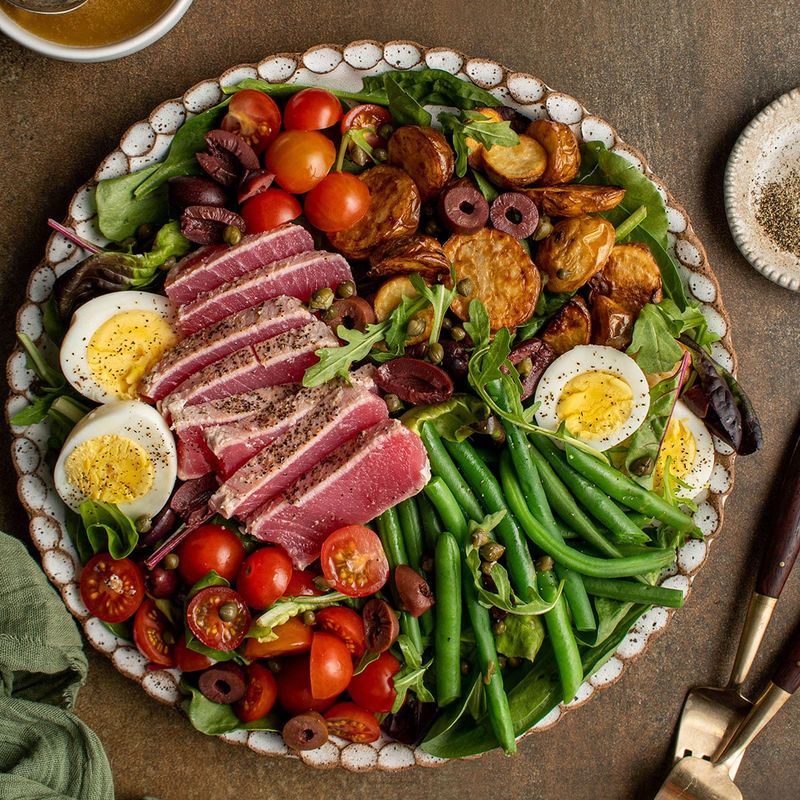
Niçoise salad, a French classic, is often mispronounced “NICK-soys,” but should be “nee-SWAHZ.” This colorful salad typically includes tuna, hard-boiled eggs, olives, and green beans, reflecting the flavors of Provence.
Pronouncing it correctly enhances your culinary experience, as the name itself evokes its rich French heritage. Enjoying a Niçoise salad, named after the city of Nice, transports your taste buds to the sunny Mediterranean coast.
14. Bolognese
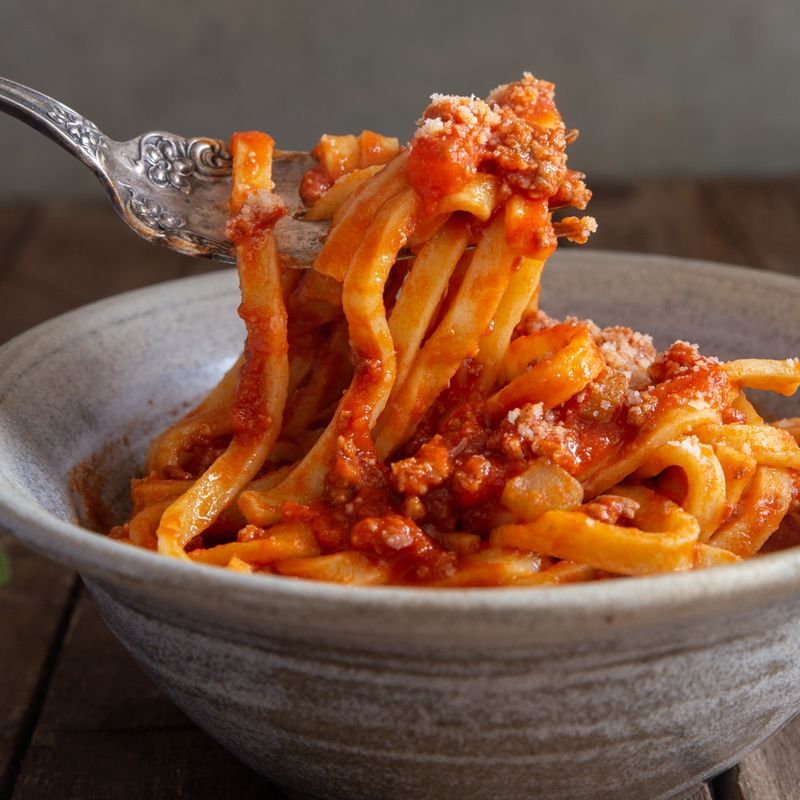
Bolognese, a hearty Italian sauce, is often misnamed “bo-LOG-nays,” but it’s correctly pronounced “bo-lo-NYEH-zeh.” This rich meat sauce, originating from Bologna, combines minced beef, tomatoes, and aromatic herbs.
Getting the name right honors its Italian roots and the culinary tradition it represents. Whether served over pasta or in a lasagna, pronouncing bolognese correctly elevates your dining experience, allowing you to savor each flavorful bite with authenticity.
15. Chorizo
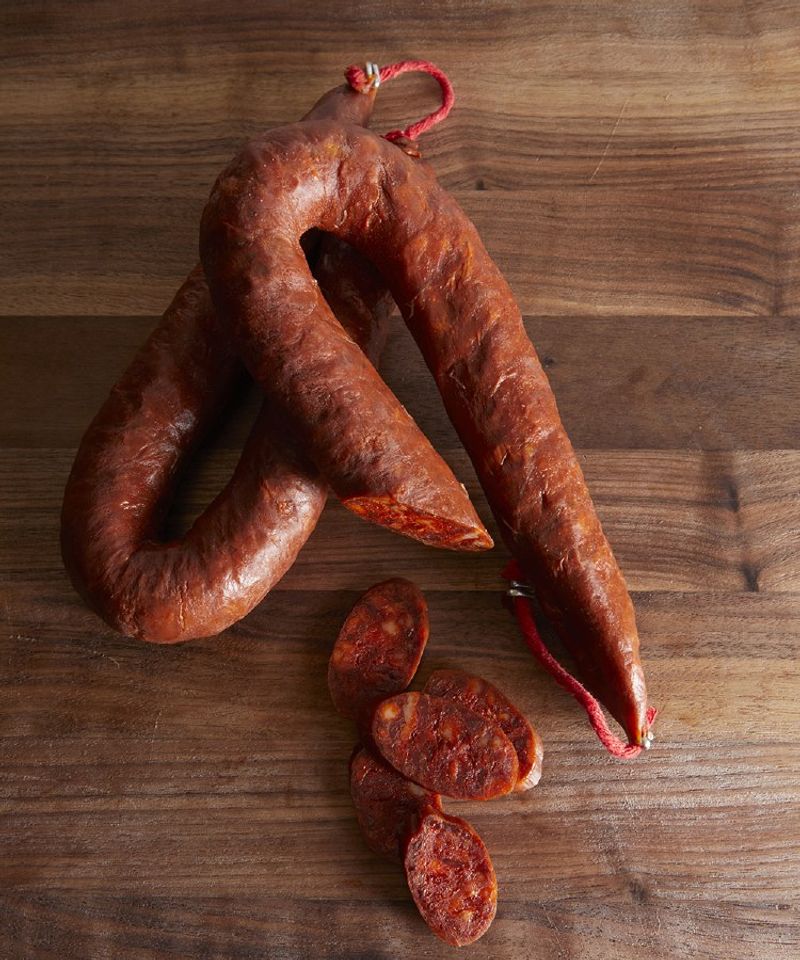
Chorizo, the spicy Spanish sausage, is often mispronounced as “CHORE-ee-zoh,” but should be “chor-EE-tho” in Spain or “chor-EE-so” in Latin America. This flavorful sausage features a blend of spices and smoky flavors, making it a versatile ingredient.
Pronouncing it correctly connects you to its regional variations and rich culinary history. Whether enjoyed in tapas or cooked into dishes, knowing how to say chorizo unlocks a world of spicy satisfaction.
16. Jalapeño
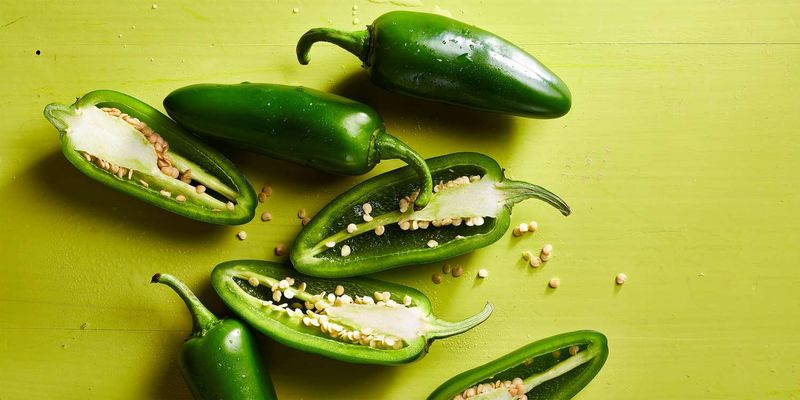
Jalapeño, the fiery pepper from Mexico, is often mispronounced as “JAL-a-peeno,” but the correct form is “hah-lah-PEHN-yo.” With its distinctive heat, it adds a kick to salsas, tacos, and more.
Understanding its pronunciation connects you to its Mexican roots and culinary significance. Whether you love a mild hint of spice or crave fiery flavors, knowing how to say jalapeño ensures you can fully enjoy its culinary contributions.
17. Aïoli
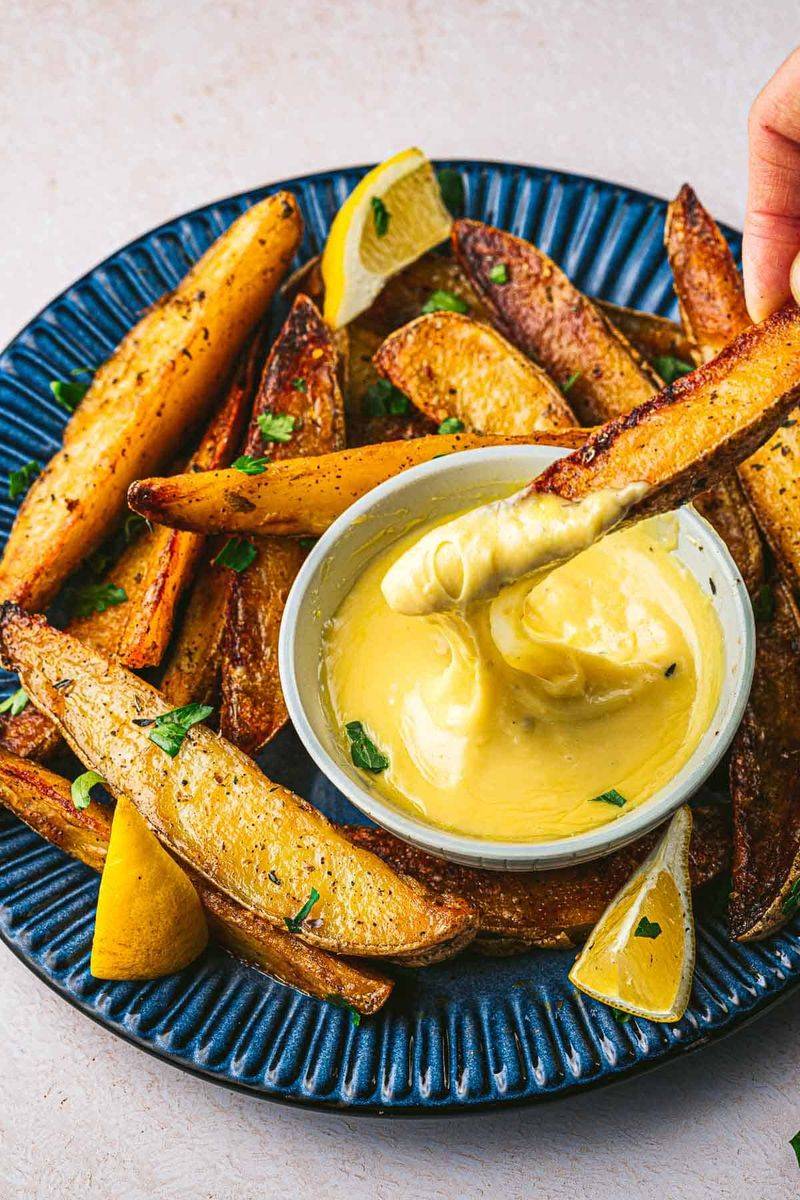
Aïoli, a garlicky delight, is often mispronounced as “AY-oh-lee,” but should be said “eye-OH-lee.” Originating from the Mediterranean, this sauce is an emulsion of garlic, olive oil, and sometimes eggs.
Getting the name right adds an authentic touch to its already rich flavor. Pair it with fries, seafood, or veggies for a taste that’s both simple and elegant. The correct pronunciation of aïoli enhances your appreciation for its culinary origins and makes every bite more enjoyable.
18. Bouillabaisse
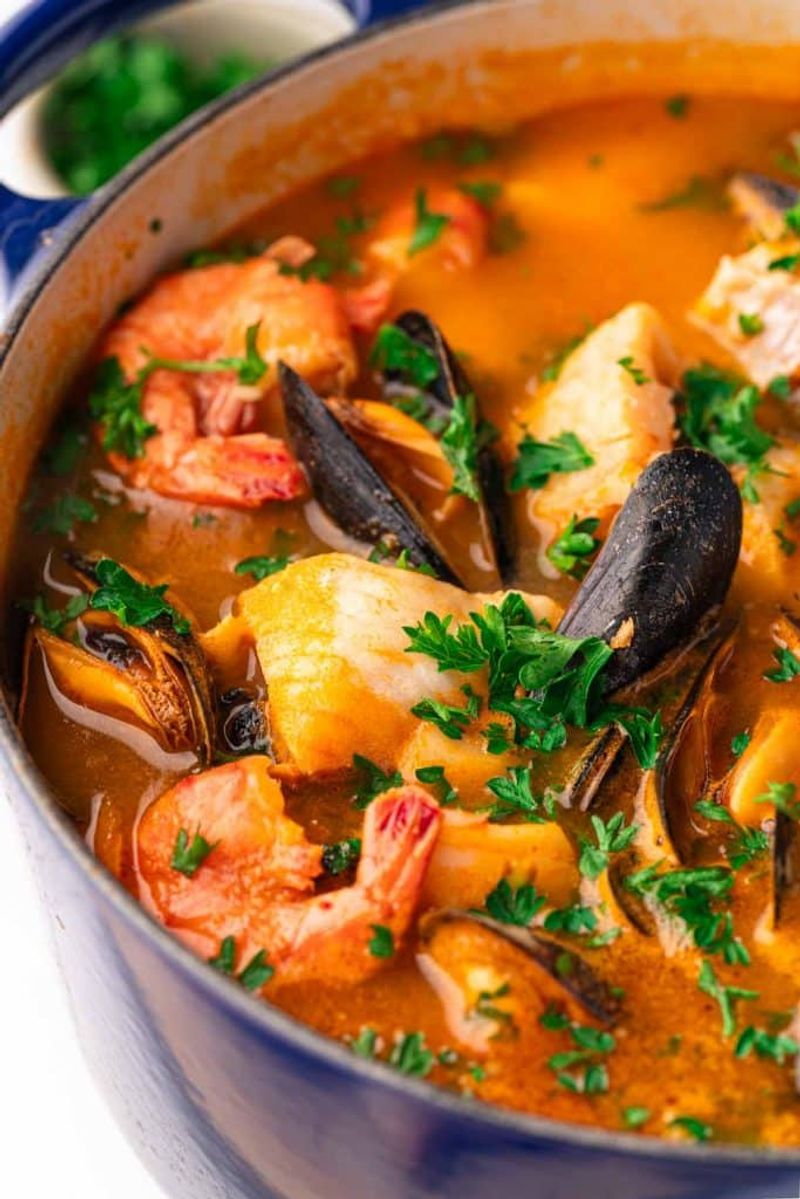
Bouillabaisse, a traditional French seafood stew, often gets mispronounced as “boo-la-base,” but it’s correctly said “boo-ya-BESS.” This flavorful dish combines various fish, shellfish, and aromatic herbs in a rich broth.
Its name evokes the sunlit shores of Provence, where it originated. Mastering its pronunciation lets you appreciate its cultural significance and culinary legacy. Whether enjoyed in a seaside bistro or homemade, saying bouillabaisse correctly enhances your dining experience.
19. Coq au Vin
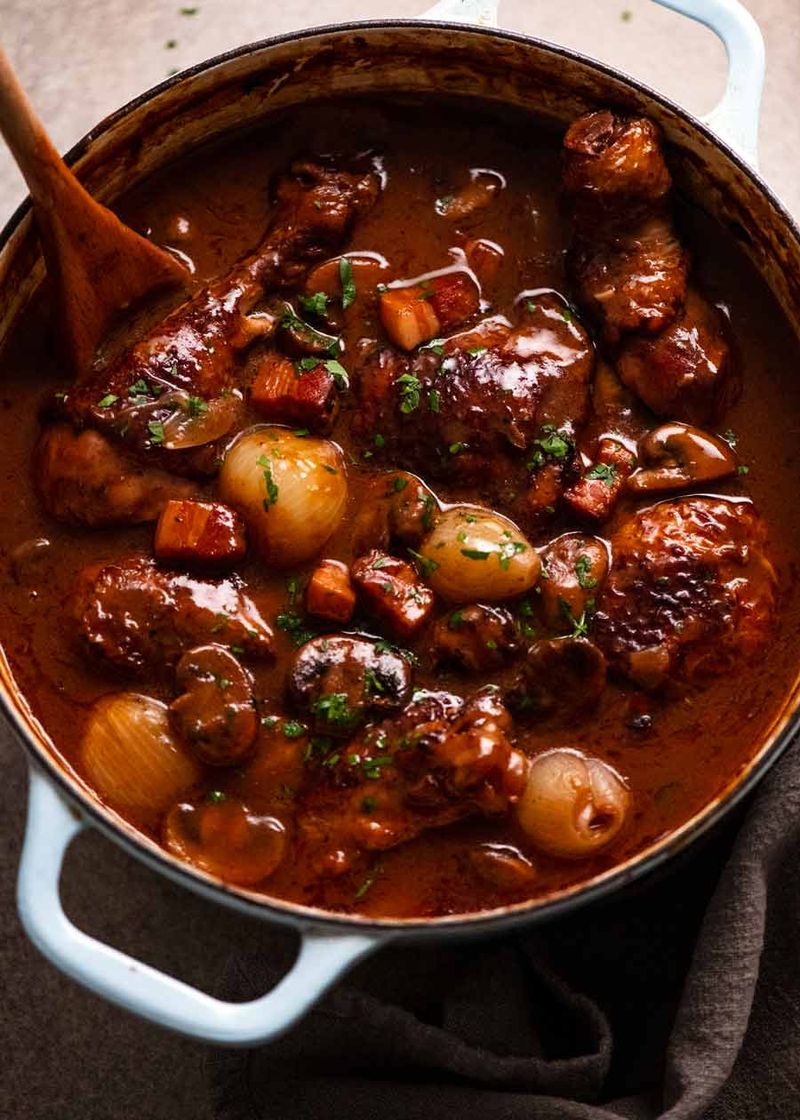
Coq au Vin, a classic French dish, is often mispronounced as “cock-oh-vin,” but should be “koh-koh-VAHN.” This traditional dish features chicken braised with wine, mushrooms, and bacon.
Pronouncing it right connects you to its rich culinary heritage and the elegance of French cuisine. Whether prepared for a special occasion or savored on a cozy evening, knowing how to say coq au vin enhances your appreciation for this time-honored recipe.
20. Quesadilla
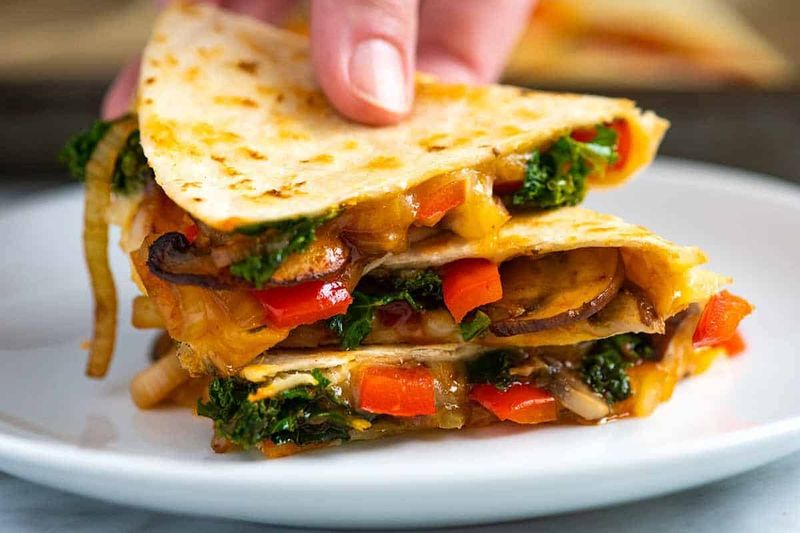
Quesadilla, the cheesy Mexican delight, is often mispronounced as “kay-suh-DILL-uh,” but the correct way is “kay-suh-DEE-yuh.” This versatile dish features a tortilla filled with cheese and other ingredients, then grilled to perfection.
Saying it right brings you closer to its Mexican roots and culinary tradition. Whether enjoyed as a snack or a meal, pronouncing quesadilla correctly enhances your enjoyment of its cheesy goodness.
21. Enchilada
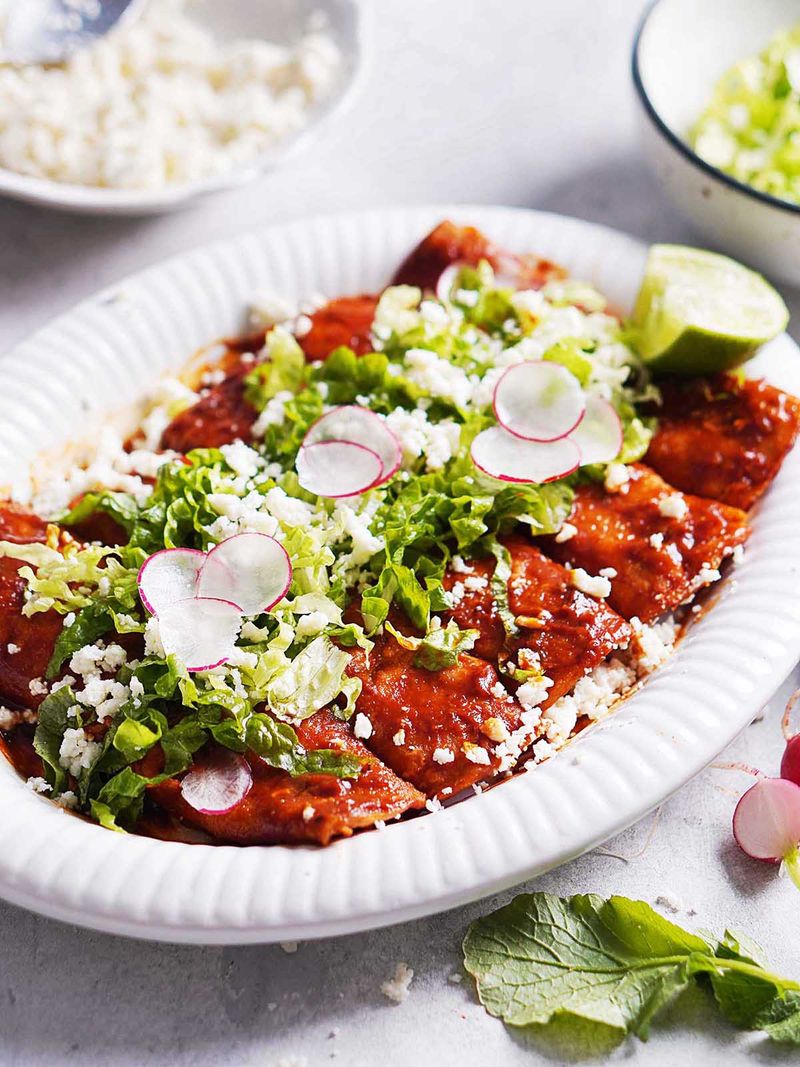
Enchilada, a Mexican favorite, is often mispronounced as “en-CHILL-uh-duh,” but the correct pronunciation is “en-chee-LAH-duh.” This dish consists of tortillas filled with meat, cheese, or beans, rolled and covered with a savory sauce.
Pronouncing it right connects you to its vibrant Mexican heritage and culinary artistry. Whether you prefer chicken, beef, or vegetarian fillings, knowing how to say enchilada enhances your appreciation for this flavorful classic.
22. Beignet
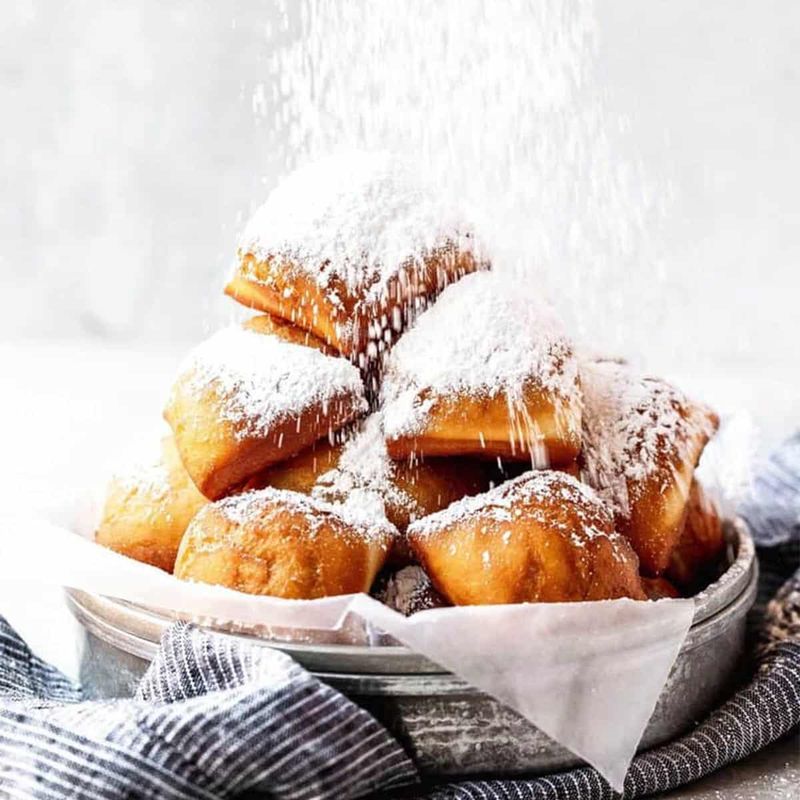
Beignet, a sweet treat from New Orleans, often gets mispronounced as “beg-net,” but it’s correctly said “ben-YAY.” These deep-fried pastries are dusted with powdered sugar, offering a delightful bite of sweetness.
Understanding how to say beignet immerses you in the vibrant culture of the French Quarter. Whether enjoyed as a breakfast delight or a dessert indulgence, mastering its pronunciation enhances your experience of this iconic pastry.
23. Prosciutto
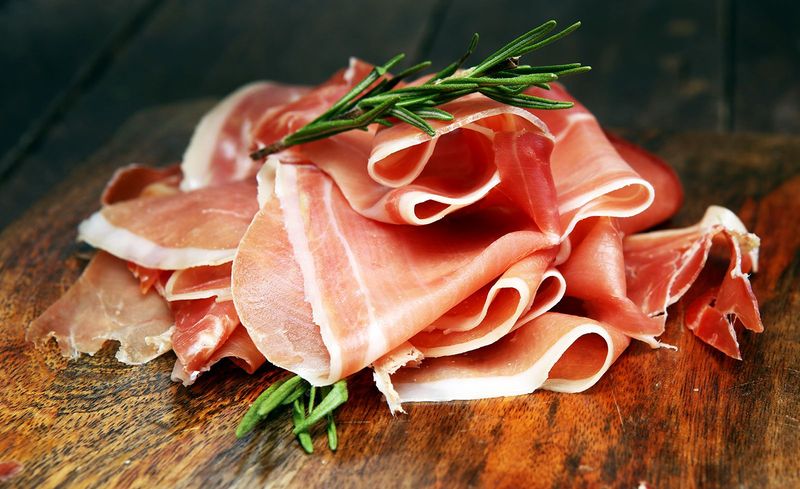
Prosciutto, the delicate Italian cured meat, is often mispronounced as “pro-skoo-toe,” but should be “pro-SHOO-toe.” This thinly sliced ham offers a savory taste that melts in your mouth.
Learning its pronunciation connects you to its Italian roots and culinary tradition. Whether paired with melon or part of a charcuterie board, knowing how to say prosciutto right enriches your appreciation for this exquisite delicacy.
24. Espresso

Espresso, the bold Italian coffee, is frequently mispronounced as “ex-PRESS-oh,” but should be “ess-PRESS-oh.” This concentrated coffee shot is known for its rich flavor and invigorating aroma.
Saying it right connects you to the Italian coffee culture and showcases your espresso expertise. Whether sipped solo or as a base for other coffee drinks, pronouncing espresso correctly ensures you fully enjoy this energizing brew.
25. Tzatziki
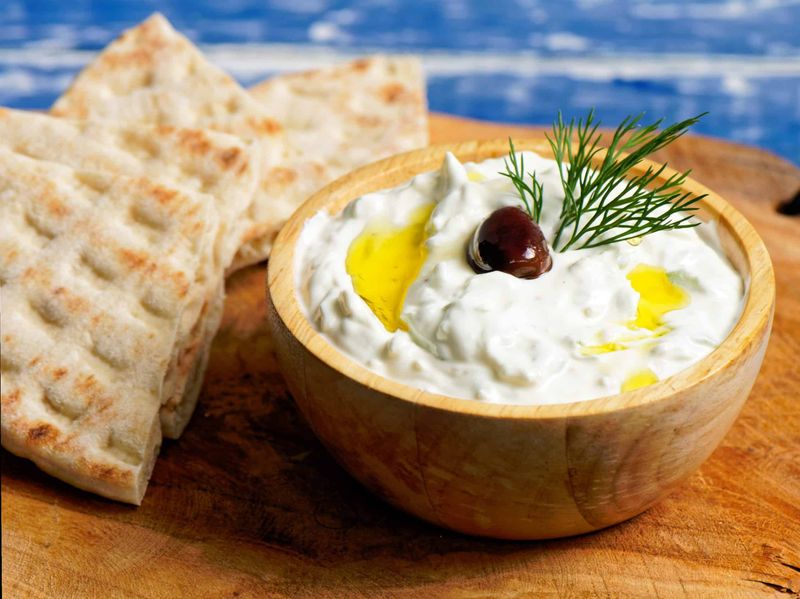
Tzatziki, a refreshing Greek sauce, is often mispronounced as “ta-ZEE-kee,” but should be “tsa-ZEE-kee.” Made with yogurt, cucumber, garlic, and fresh herbs, it offers a cooling complement to many dishes.
Pronouncing it right connects you to its Greek origins and culinary tradition. Whether served as a dip or a sauce, knowing how to say tzatziki enhances your enjoyment of its creamy texture and vibrant flavor.
26. Paella
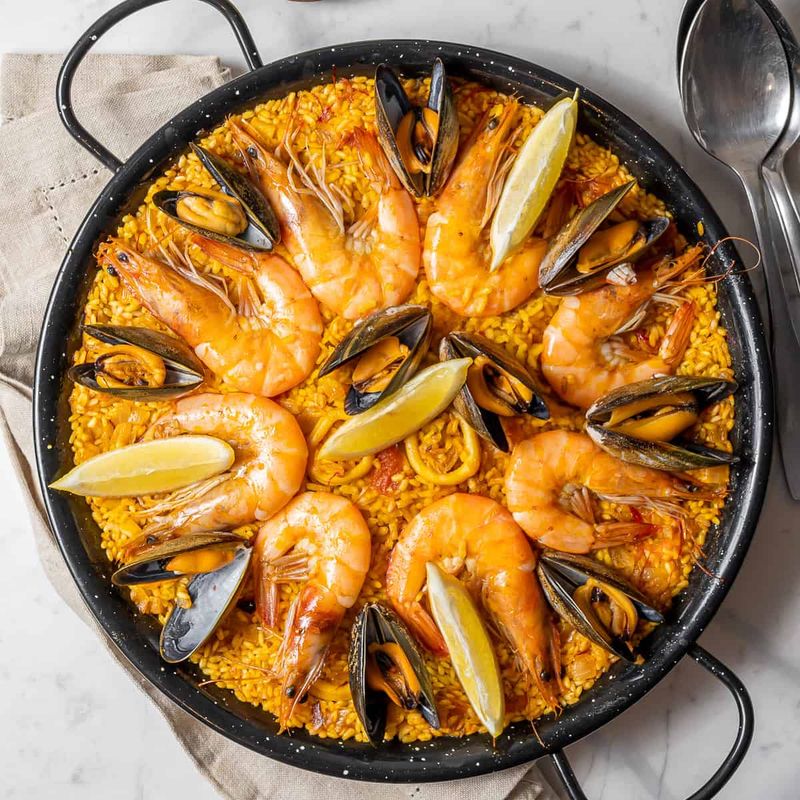
Paella, the vibrant Spanish rice dish, is often mispronounced as “pie-ELL-uh,” but should be “pa-EH-yuh.” This iconic dish combines saffron-infused rice, seafood, meats, and vegetables, creating a colorful feast.
Understanding its pronunciation connects you to its Spanish roots and culinary artistry. Whether enjoyed at a festive gathering or as a family meal, knowing how to say paella enhances your appreciation for this beloved dish.
27. Focaccia
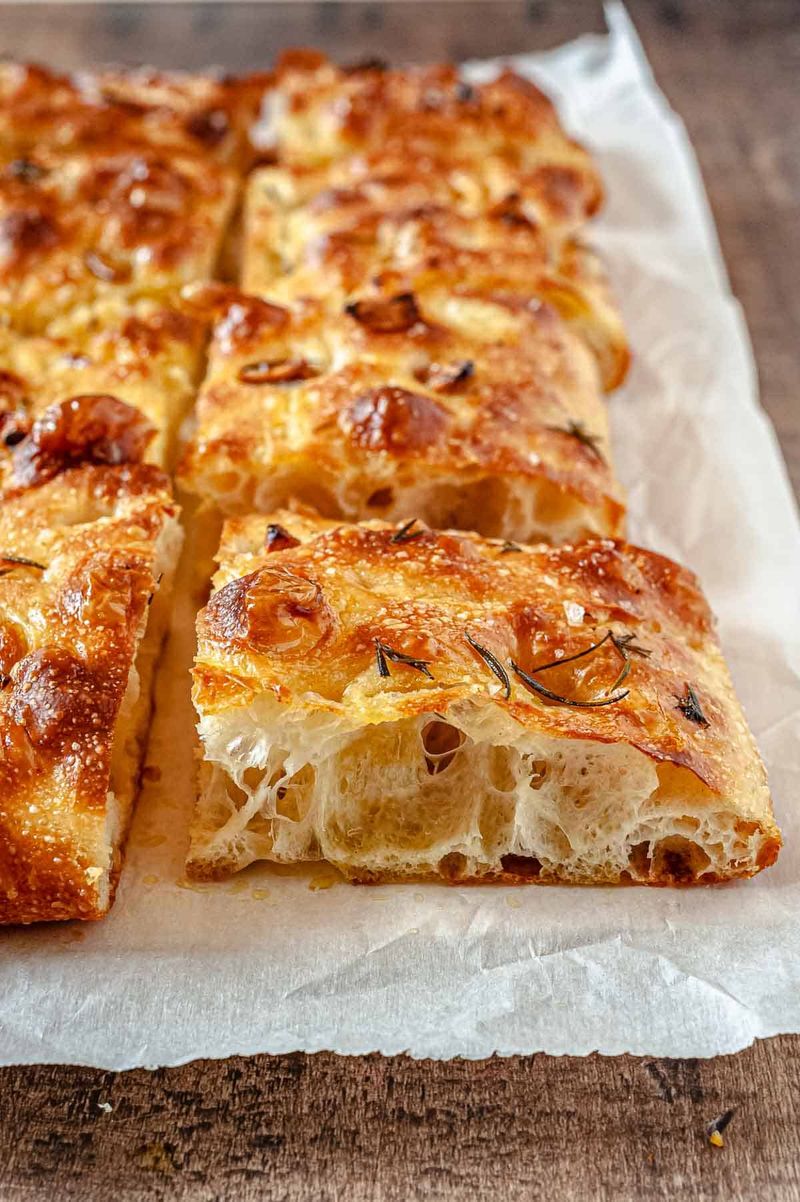
Focaccia, an Italian bread favorite, is often mispronounced as “foe-KAY-shuh,” but the correct way is “foh-KAH-chuh.” This herby, olive oil-rich bread serves as a versatile base for many meals.
Pronouncing it right connects you to its Italian roots and culinary tradition. Whether enjoyed on its own or as part of a sandwich, knowing how to say focaccia enhances your appreciation for this flavorful bread.
28. Macaron

Macaron, the delicate French confection, often gets confused with “mac-a-ROON,” but should be pronounced “mah-kah-ROHN.” These colorful meringue-based cookies sandwich a rich filling, offering a bite of sweetness.
Understanding how to say macaron immerses you in the elegant world of French patisserie. Whether enjoyed as a special treat or given as a gift, mastering its pronunciation enhances your experience of this exquisite dessert.
29. Gâteau
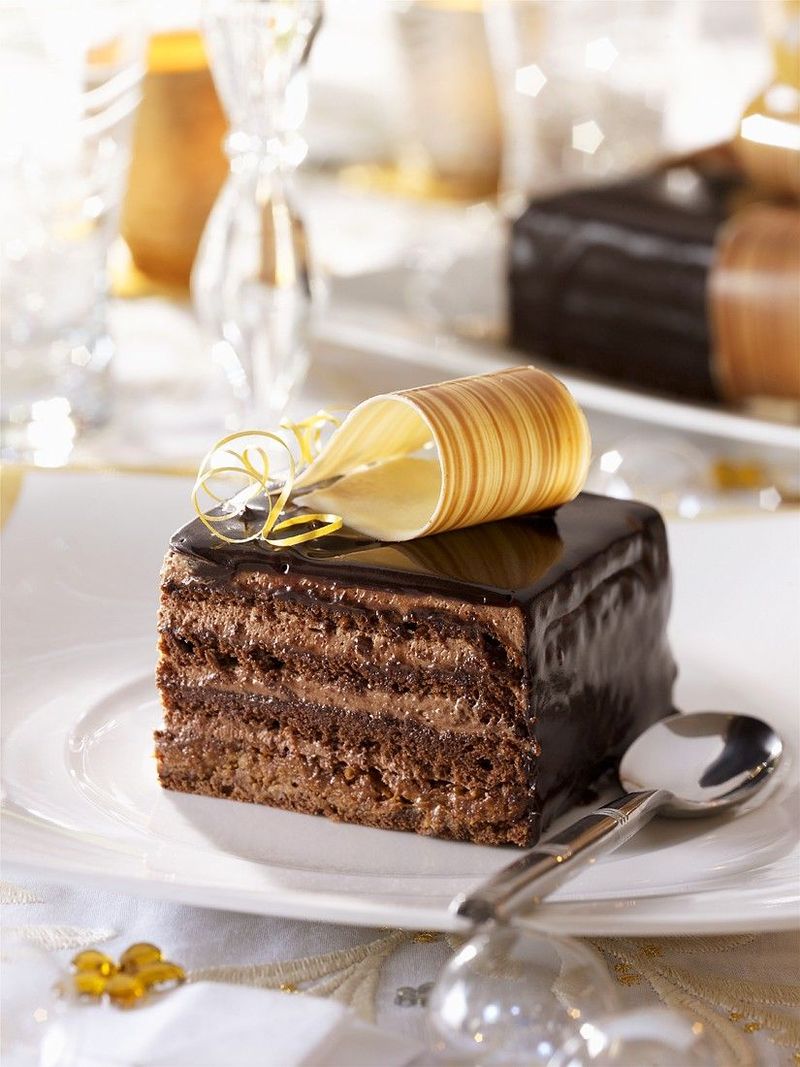
Gâteau, the French word for cake, is often mispronounced as “GAT-ew,” but should be “gah-TOH.” The name itself evokes elegance and delight, much like the layered confections it describes.
Pronouncing it right connects you to the art of French baking and its rich tradition. Whether enjoyed at a celebration or as a sweet indulgence, knowing how to say gâteau enhances your appreciation for this delectable dessert.
30. Bánh mì
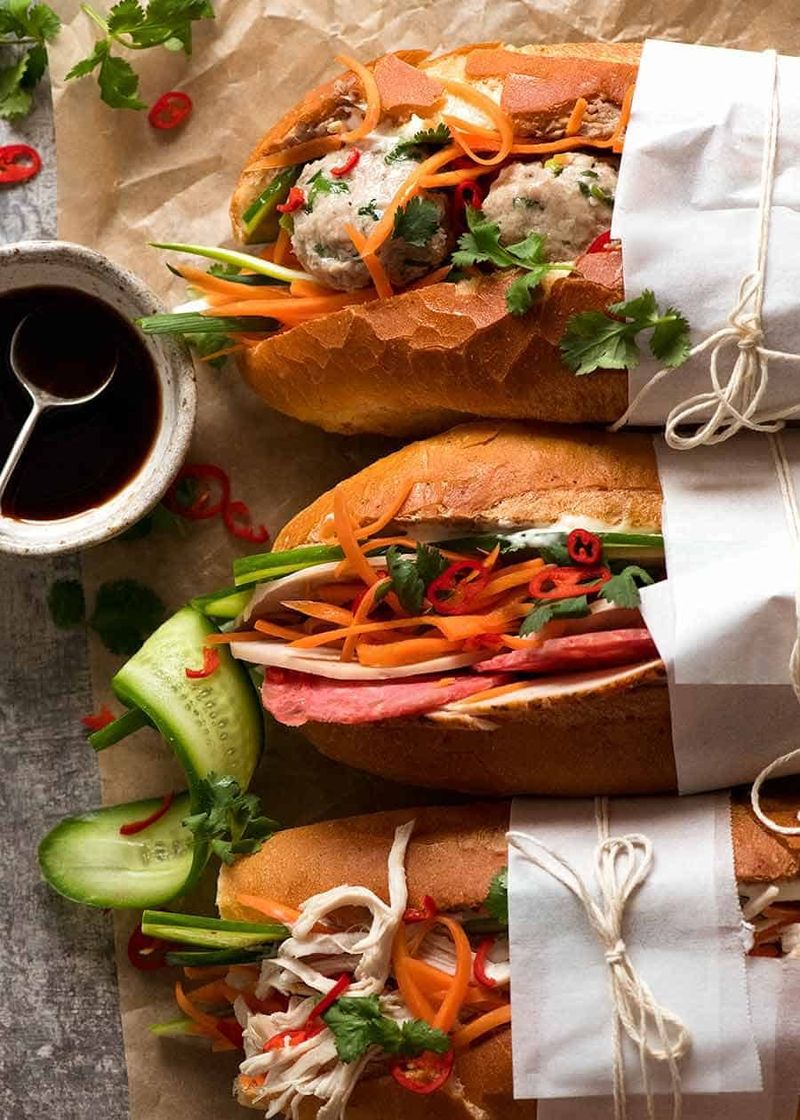
Bánh mì, the Vietnamese sandwich, is often mispronounced as “ban-ME,” but the correct pronunciation is “bun-MEE.” This fusion of French and Vietnamese cuisines combines a crispy baguette with savory fillings like pork and pickled vegetables.
Understanding its pronunciation connects you to its cultural roots and culinary innovation. Whether enjoyed as a quick lunch or a flavorful snack, knowing how to say bánh mì enhances your appreciation for this iconic street food.
31. Ceviche
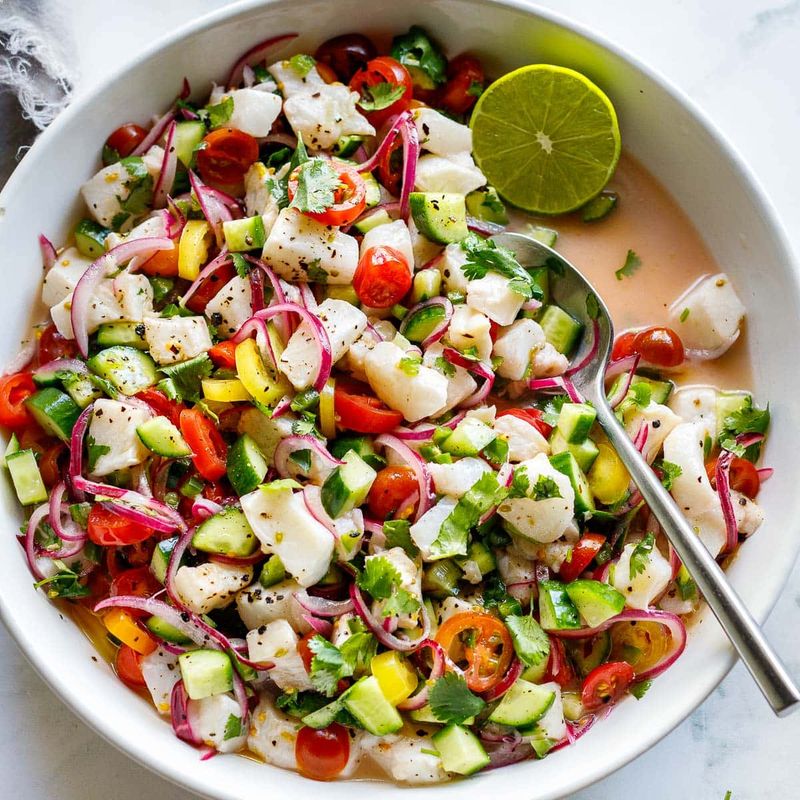
Ceviche, the zesty seafood dish, is often mispronounced as “seh-VEECH,” but should be “seh-VEE-chay.” This Latin American favorite features raw fish marinated in citrus juice, offering a refreshing and tangy taste.
Pronouncing it right connects you to its coastal origins and vibrant culinary tradition. Whether enjoyed as an appetizer or a light meal, knowing how to say ceviche enhances your appreciation for this refreshing dish.
